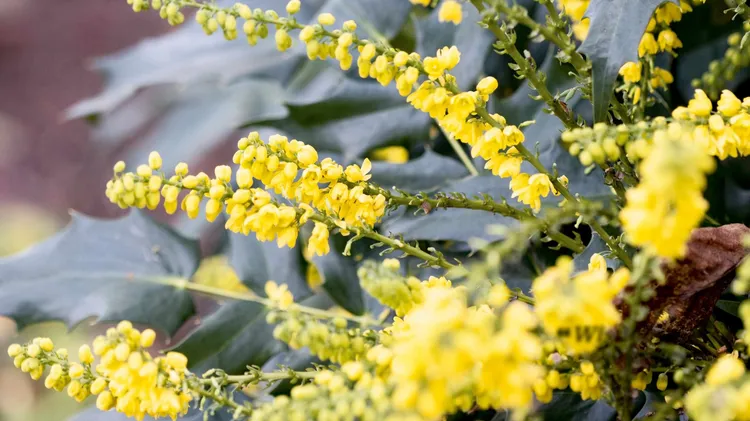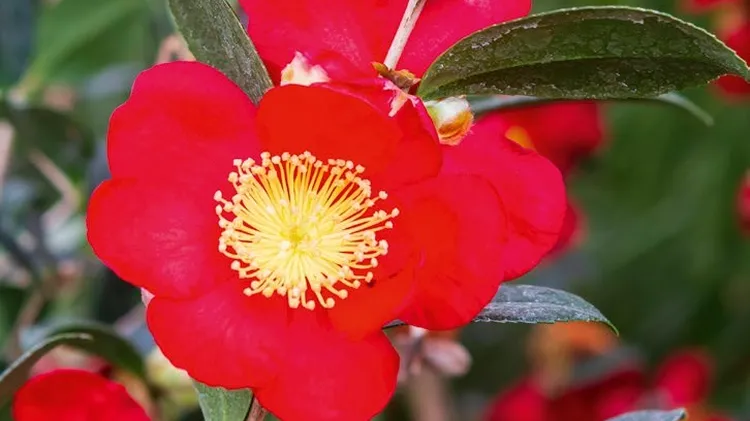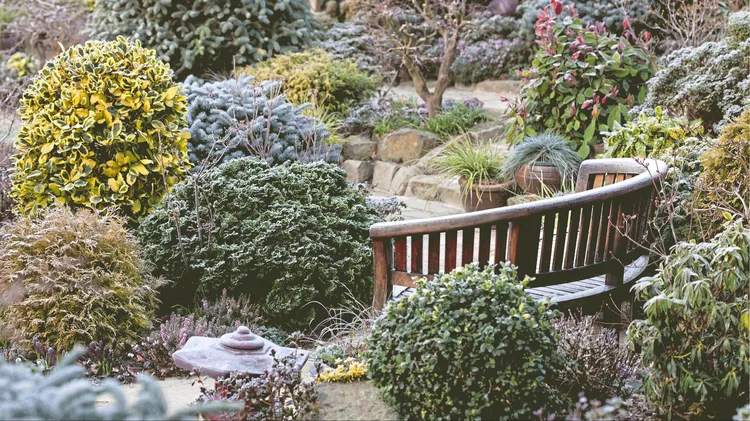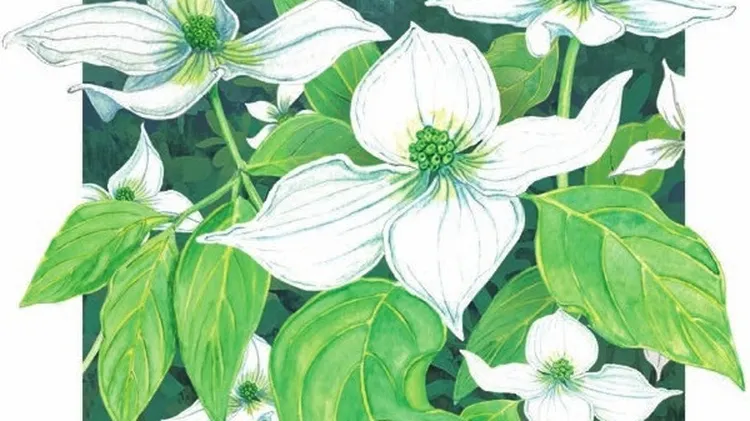It cannot be seen or touched, but fragrance adds so much to any garden –
Success with scent
6 min read
This article is from...
Read this article and 8000+ more magazines and newspapers on Readly






